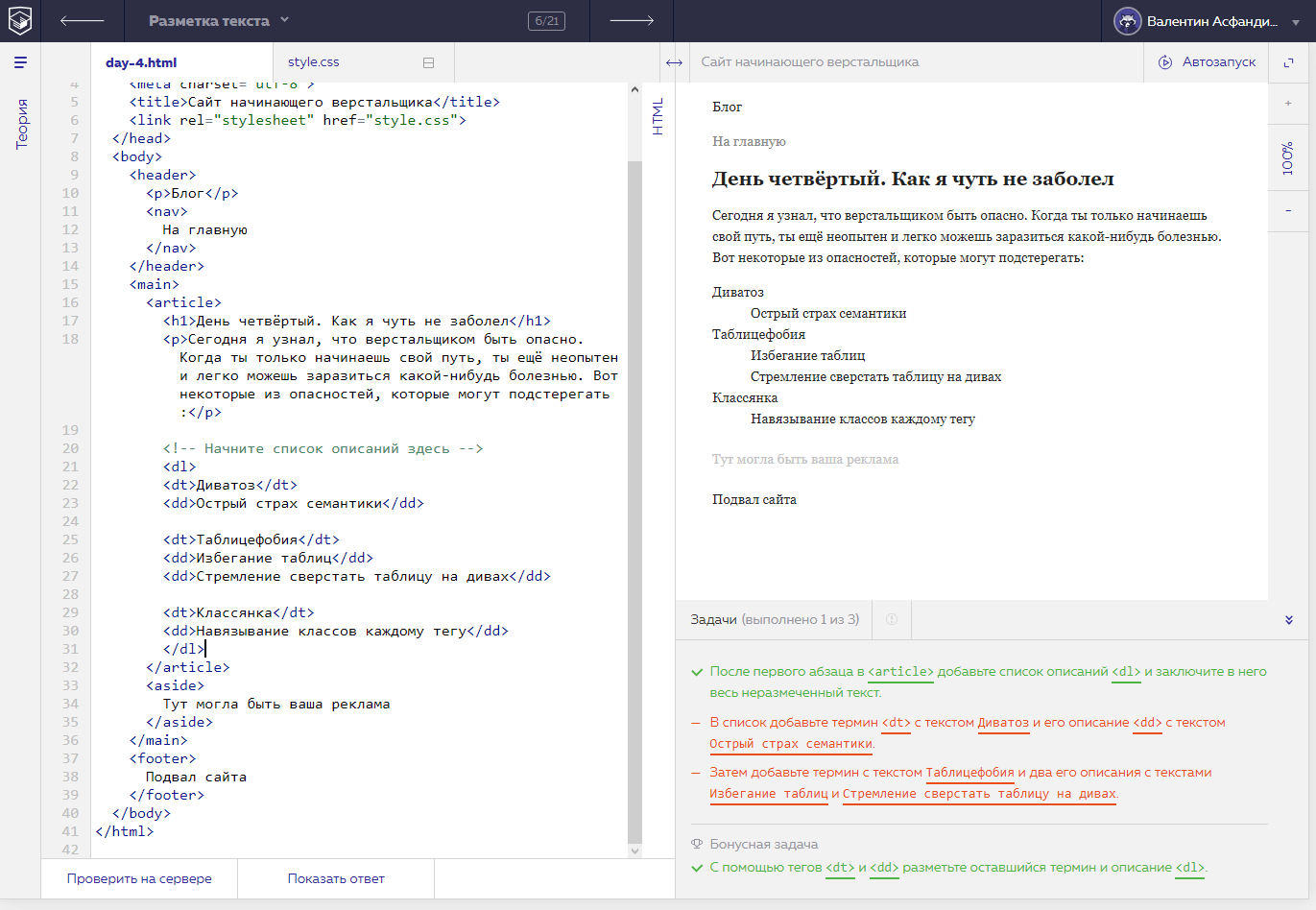
Therefore one can certainly find performances which don't match examples I provided, and also different versions of the scores. The sixteenth notes are labeled with an oval note head and a straight note stem with two flags. There are many more examples like this one, but let’s take a break from measuring beats and time signatures for now. One way you can do this is to put a problem on the white board in your classroom. You can use these basic note and rest values to create addition and subtraction problems for your students.

The space between two of these different types of notes is what gives the rhythm its specific mathematical quality. A sixteenth note or sixteenth rest represents one sixteenth of the duration of a whole note, or one quarter of a beat. It is the equivalent of semifusa in mensural notation, first found in the notation of the 15th-century. For example, the notes can be divided into quarter notes, eighth notes, sixteenth notes, etc. The widely circulated scores in turn are often not written not by composers, but transcribed from some particular recordings. In music, the 16th note (American) or the semiquaver (British) is a note struck for half the length of the 8th note (quaver), hence the terms. I'd like to point out that rhythm in various jazz performances often vary significantly, and is modified by the musicians. Middle School, where 75 percent of the students come from low-income families and 72 percent speak English as a.

Quarter-note triples are to be performed as written. Perhaps the most obvious one at the elementary level is rhythm and the value of the musical note 4/4 time, quarter notes, eighth notes, sixteenth notes Jorgensen observes this daily in her classes at Martin Luther King Jr. The resulting rhythm might not be easy to notate explicitly but at high tempo of the tune the swing will be rather shallow and the whole sequence can be played as an ornament, following intuition.Īnd for completeness All of Me by Gerald Marks and Seymour Simons: the sixteen-note triplet should take time of the first swinged eight note. However in this example from Charlie Parker's Billie's Bounce:

Sixteen notes are meant to be played straight, and groups including sixteen notes as well, so here at the beginning we have a sixteen-note triplet, followed by two sixteen-notes, followed by 4 sixteen-notes, followed by swinged rhythm in the next measure. Sixteen notes appear rarely in lead sheets, more often in solo transcriptions, but I found this example of Armageddon by Wayne Shorter: In 4/4, the simplest and most direct way is to represent it with a quarter note tied to a 16th note as such: Share. The triplets are played as triplets, the eight-notes are swinged. Note that the word "swing" is not even written in the score, as it is left to the musician's taste whether and how deeply swing the eight notes.Įdit: It was pointed out in the comments that Night in Tunisia was composed in straight feel, and while some notable musicians performed it in swing feel, I tried to add some less controversial examples. this example of Dizzy Gillispie's Night in Tunisia: What you named "Swing time option 2" is the standard notation of swinged eight notes and triplets used in jazz scores.


 0 kommentar(er)
0 kommentar(er)
